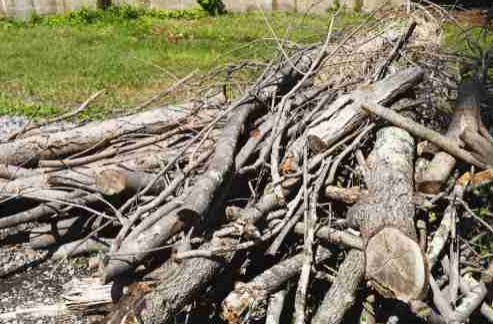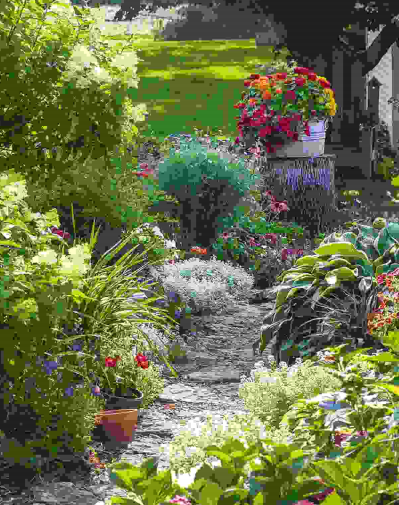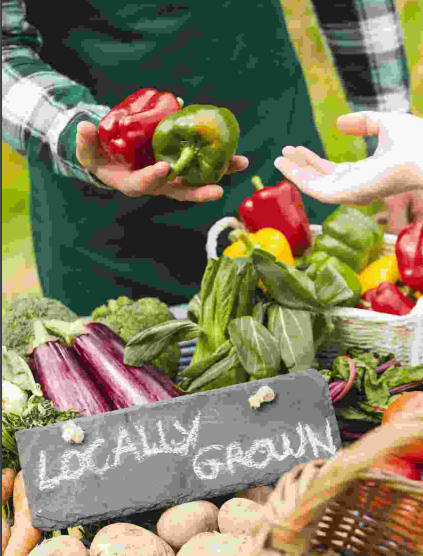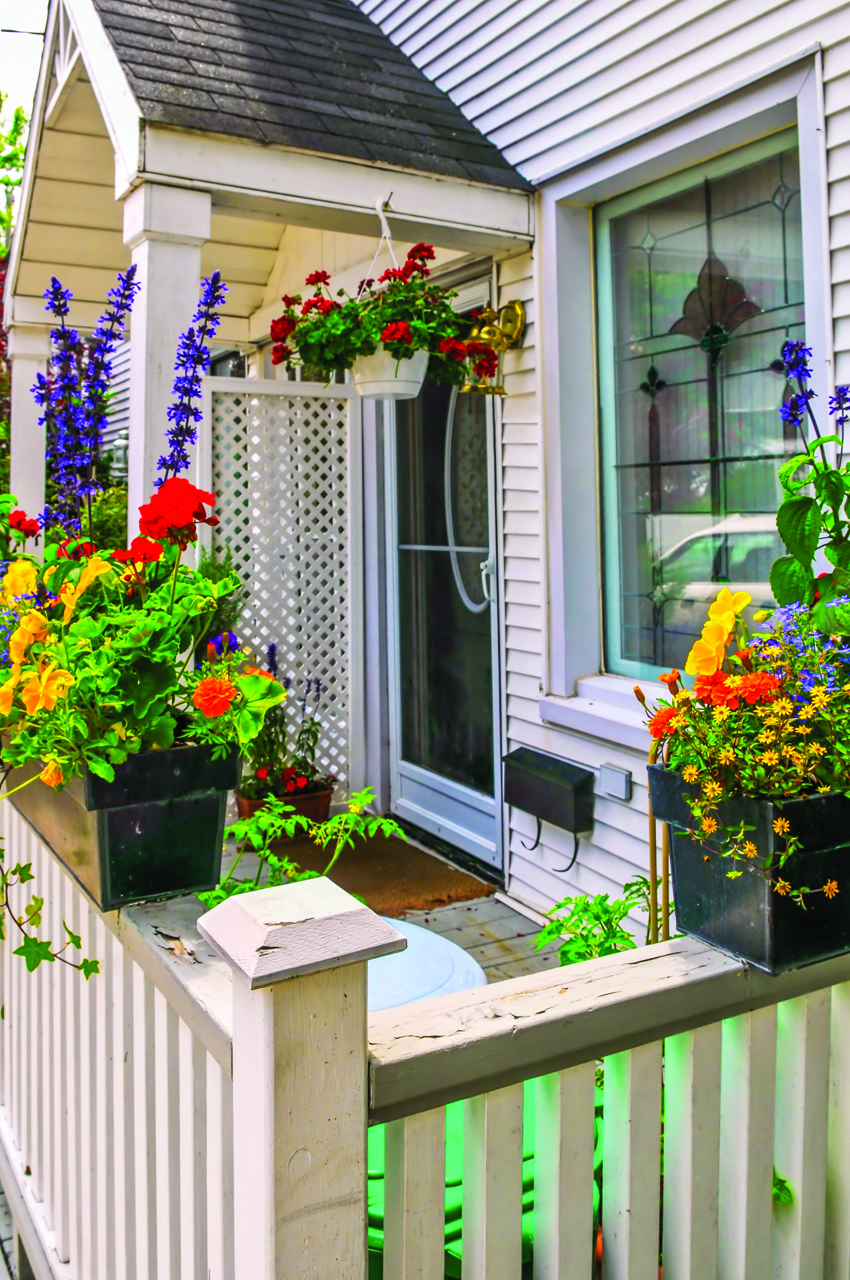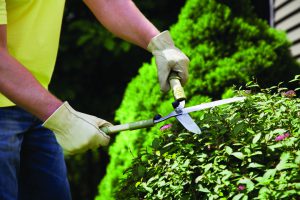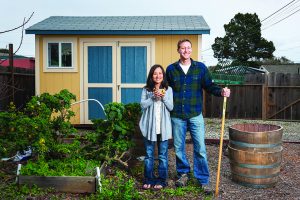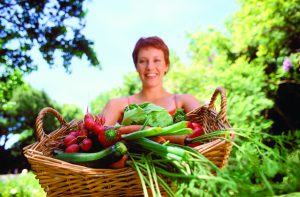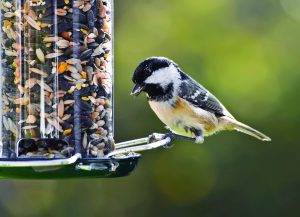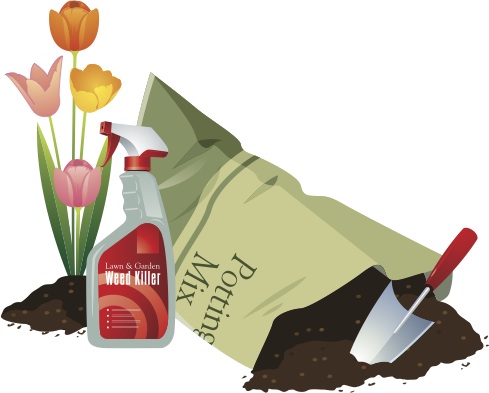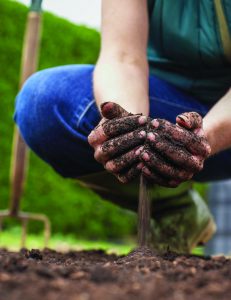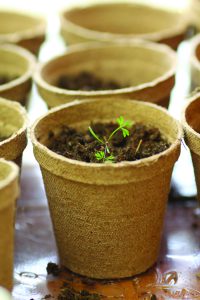Composting may be a person’s first foray into an eco-friendly lifestyle. Compost is a nutrient-rich natural fertilizer that some people refer to as “black gold.” It can be made from most types of lawn and garden waste as well as some discarded items from the kitchen.
Many people have renewed interest in composting because they understand the environmental ramifications of over-reliance on chemical fertilizers. Ground water may become contaminated and certain fertilizers may have adverse effects on wildlife. Compost, a living organism of sorts, comprised of beneficial bacteria, insect life and nutrients for plants, is on the other side of the plant food spectrum. Because it can be generated for little to no cost, compost is not only environmentally responsible but economical as well.
A home landscape can provide a wealth of material to use in a compost heap or bin. Rather than putting fallen leaves or lawn clippings to the curb or in the trash, they can be turned into beneficial material to help keep your garden self-sustained.
To begin, you will first need to determine the composting method that will work for you. Compost can be generated from a pile of material placed in an out-of-the-way corner of the yard or be created in a specially designed, expensive compost bin. Many homeowners fall in between these two methods with their compost systems. Most create their own bins from wood and chicken wire or even use a trash container to contain the compost.
Once the container or pile location is established, it is time to start the compost recipe. In order to function optimally, compost should have an abundance of aerobic bacteria, which will compost the waste quickly. Aerobic bacteria need oxygen and a certain amount of moisture to survive. Therefore, it is important to include materials in the compost that will achieve these conditions. Composters frequently refer to “greens” and “browns” in a compost mix. Greens are fresh leaves and grass clippings and kitchen scraps. These materials will have an abundance of moisture as well as nitrogen. Browns are older, dried out plant material and wood. The browns help create air cushions in the compost that facilitate aeration and also contain carbon. Without aeration, the compost will compact down too quickly, which could slow down the decomposition process. This may result in a foul odor.
Avoid the use of bones, meat or cheese in a compost bin. This will only attract scavengers and may rot faster than it can be decomposed by the bacteria. Also, avoid pet waste or any lawn trimmings that have been treated with pesticides.
Turning the compost will help keep it aerated and will also distribute the bacteria. This can help speed along the composting process. Avoid adding weeds to juvenile compost because it may not be hot enough to kill the seeds and then you’ll be stuck with weeds in the compost — and wherever you place that compost.
Moisture is essential to the compost. Each time you add new material to the compost bin, dampen it. It should be moist but not dripping. Adding a balance between greens and browns should help regulate the moisture level as well. Remember, during warmer months, the compost may dry out more, so you will need to be on top of the moisture levels.
The composting process works best at temperatures between 120 and 150 F. The compost will generate its own heat as matter is broken down. However, the heat of warm months can speed up the process. Novice composters may want to begin their composting in the summer as a first attempt.
Hot composting piles can be turned into soil fertilizer in as little as 8 to 10 weeks. Therefore, plan your composting start date accordingly. Soon after you may have a naturally sustainable garden that produces material enough to continually feed your existing compost pile.
TF132875

